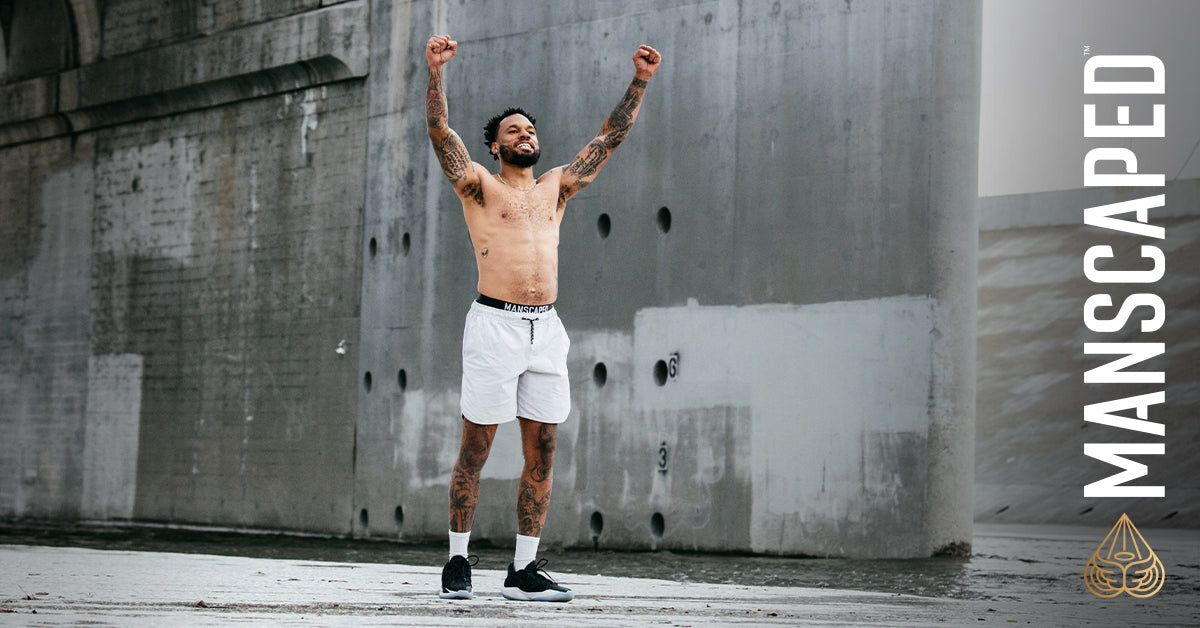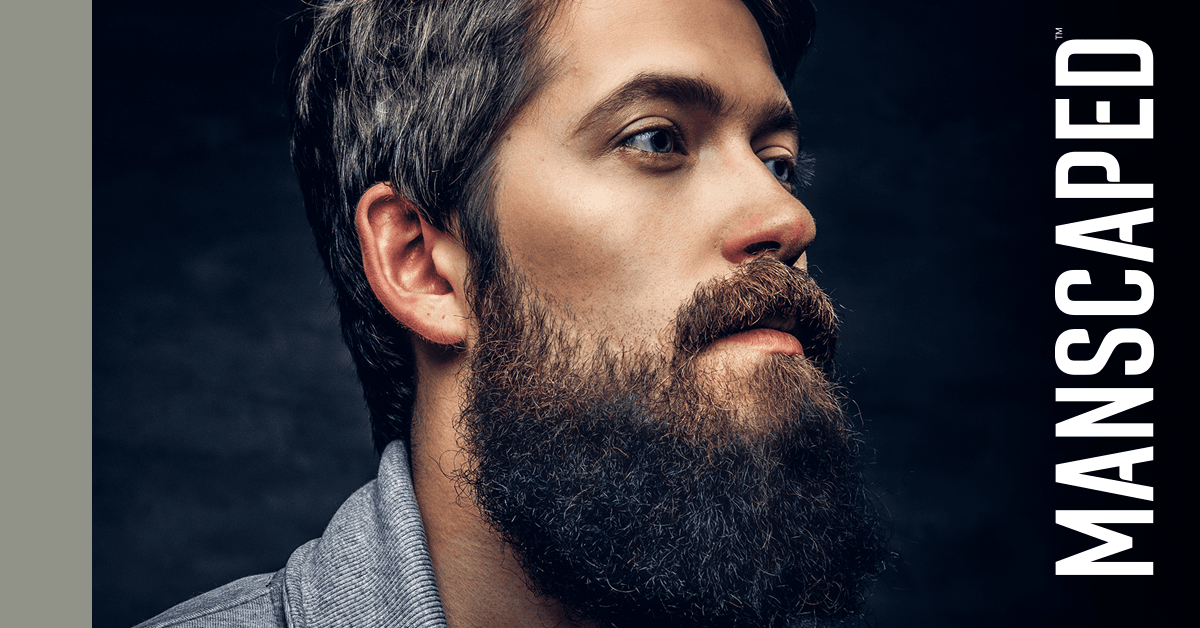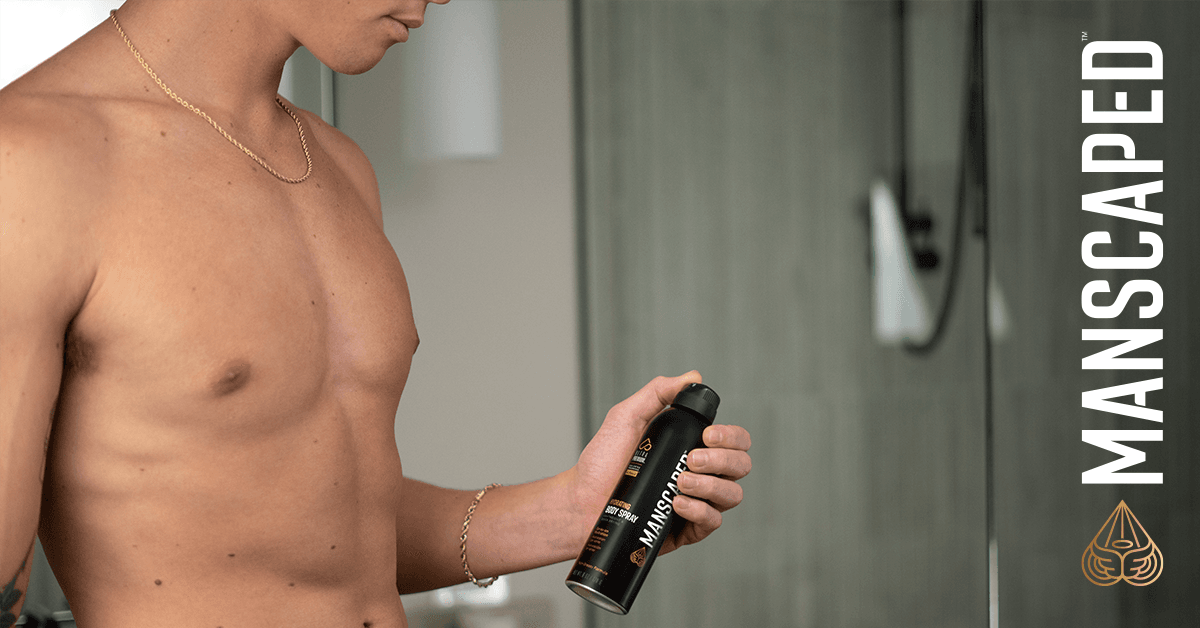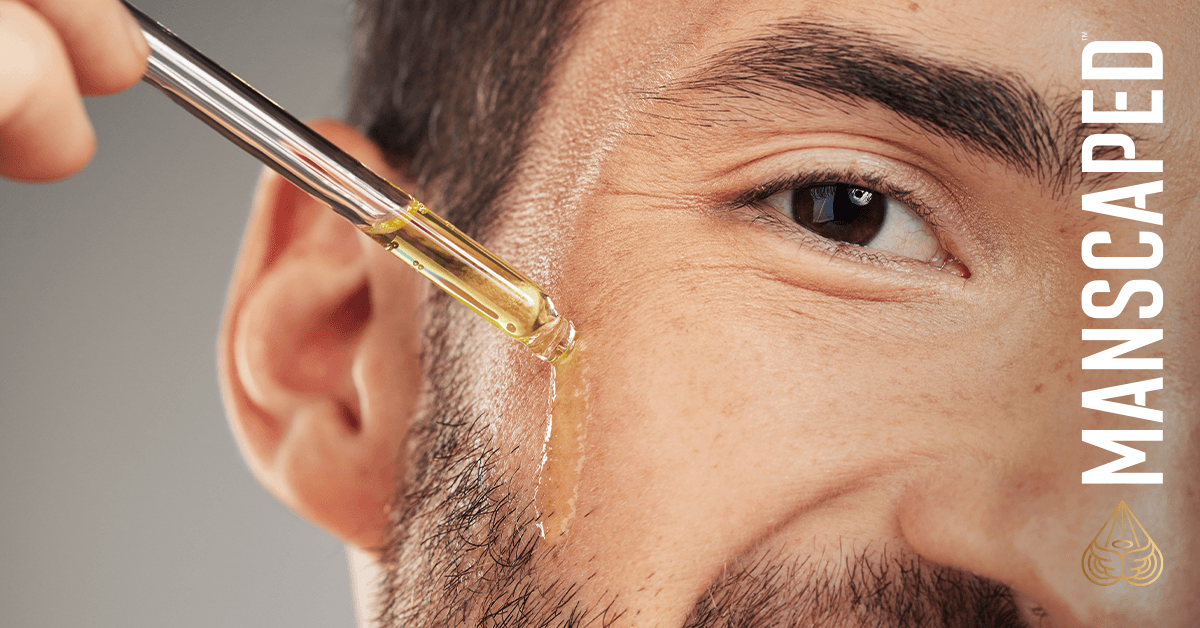
Everybody knows that sunlight can cause sunburns and even skin cancer. We all understand that this is an important topic, and just about everyone respects the need for sunblock when we go to the beach or otherwise stay outside on a hot sunny day. It’s pretty simple.
Unfortunately, that imagery suggests a poor understanding of how sunlight causes these problems. If you think you only need sunblock on a hot sunny day, there are important things that you need to learn.
You really do need sunblock when it’s not sunny, and we’re going to explain why.
It’s all about UV rays
When it comes to sun damage and the reason we ever use sunblock, it all boils down to UV rays. If you get deep into the science of UV sunlight, you can learn about different types and how they interact with things, but that isn’t really necessary to understand the fundamentals.
UV (ultraviolet) light is high-energy light. While it can come from many sources, most of the UV in your life comes directly from the sun. Because it is high-energy, it is classified by the designation of “ionizing radiation.” This is radiation that is so energy-dense that it can literally strip electrons off of things.
In terms of what that means for your skin and body, UV light can strip electrons away from your skin cells and even their DNA. This is how UV light causes sunburns. It’s also how UV causes skin cancer. And, before we go any further, it’s important to understand that UV light can increase your risk of skin cancer even if it isn’t causing sunburns.
So, when we think about UV light on a cloudy day, what we really care about is whether or not the clouds are stopping the UV light and preventing that ionization process. Unfortunately, it’s complicated enough that a simple yes or no answer doesn’t do it justice.

Understanding the UV index
Now that we understand what UV light is and what it does, we can actually measure how much is hitting us on a given day. For this, we use the UV index. The index is run by the EPA, and it works on a scale of 1-11. You can find it in weather reports or your local newspaper (if that’s even still a thing).
The scale is pretty simple. Higher numbers correlate with more UV rays. More specifically, a one or two means that you don’t really need protection. A low SPF lotion will do fine. You’re extremely unlikely to get a sunburn no matter how long you stay out, but UV exposure is not zero. So, if you work outside or spend a ton of time outside every day, low SPF dramatically lowers your long-term skin cancer risk, even when the UV index is at its lowest.
When you get from three to seven on the index, the exposure is moderate to high. For three to five, you need real sunblock and should stay out of the direct sun in the mid-afternoon. If you have to be in the sun, then wear protective clothing (sleeves and pants) and a wide-brimmed hat. For six to seven on the scale, extend that high-risk time to mid-morning and early evening.
Once the scale goes over eight, the intensity is high. You will sunburn pretty quickly, so try to avoid direct sunlight. If you can’t get shade, definitely cover your skin as much as you can with clothing. Even sandals are a bad idea at these levels on the UV index. For exposed skin, bring out the high SPF sunblock and reapply regularly.
What you’ll find when you look at the index is that it changes over the course of the day. Early morning is always lower than mid-afternoon. Obviously, at night, the index drops to zero.
Taking on a cloudy day
We’ve covered good ground. You know why UV rays matter and how to gauge their intensity. Now, we need to talk about cloudy days.
For starters, a cloudy day means different things to different people. Some might consider intermittent clouds with some direct sunlight to be a cloudy day. Others might only use that phrase to describe complete and total overcast.
In general, clouds do lower the UV index, but not by as much as you probably think. Even when the skies are not completely gray, high humidity levels reduce the concentration of UV that makes it down to you. This is why Phoenix tends to see more sunburns than Atlanta, even though both places are very hot.
What you need to understand is that plenty of UV gets through the clouds and humidity. In the middle of the summer, a full overcast day can still get pretty high on the UV index. As an example, while working on this very thing that you’re reading, it’s a completely overcast day with chances of showers throughout the afternoon. We’re talking about dark gray thunderstorm clouds filling the whole sky. Despite that, the UV index is set to get above 11 (that’s not a fun “This Is Spinal Tap” reference). Without the clouds, the index might even peak above 12, but the real lesson here is that you can get a ton of UV exposure through very thick cloud cover.
None of this is intended to terrify you. UV exposure can be intense, but you’ll find plenty of days where the UV index never gets above three. In the middle of the winter with dark gray clouds overhead, there are times where even the EPA would say you don’t need much in the way of sunblock. Having a little SPF in your lotion will do just fine.

A few extra tips
The UV index is your best friend in gauging UV risks, but there are a few things that can help you think about how intense the sunlight is going to be. UV exposure really does correlate with outdoor air temperature. It’s hotter in the summer because there is more direct sunlight, and that includes more UV rays. UV exposure is also more intense the closer you get to the equator. If you’re very far north, you’ll have fewer high-index days.
Altitude is also extremely important. Air and moisture in the air do absorb some of the UV. When you’re on mountain tops, your UV risk is a lot higher. It’s why people get sunburns skiing even in the middle of the winter.
If you think about all of these things, you can minimize your UV risk and better determine which days are best spent indoors. Since you’re wearing sunblock (and a hat, too) even when it’s cloudy, you’ll be prepped and ready for outdoor fun.
08.04.21
Share

Featured Articles
- Your Favorite Ball Deodorant. Now with a New Scent: Perservere.MANSCAPED® + TCS for Testicular Cancer Awareness MonthIntroducing The Lawn Mower® 5.0 Ultra TCS Special Edition and TCS Ball Hero BundleThe Dome Shaver™ Pro vs. The Dome Shaver™ Plus: Which Should You Choose?The Chairman™ Pro vs. The Chairman™ Plus: Which Should You Choose?



